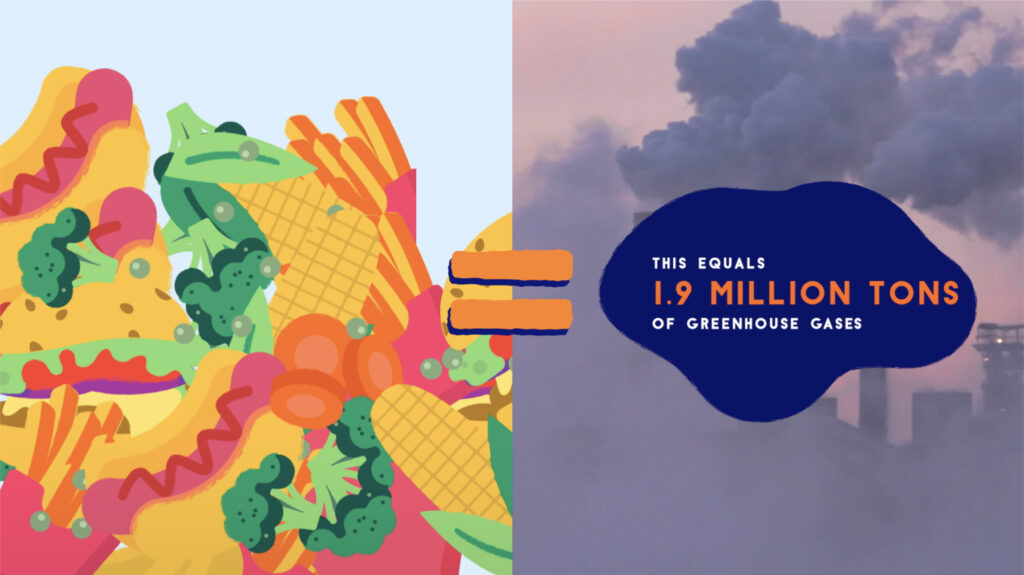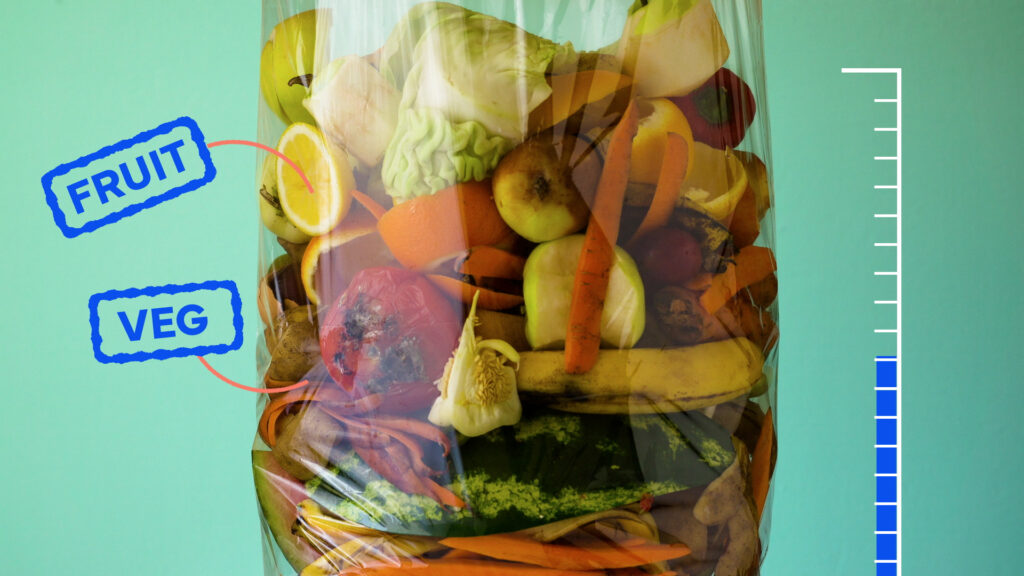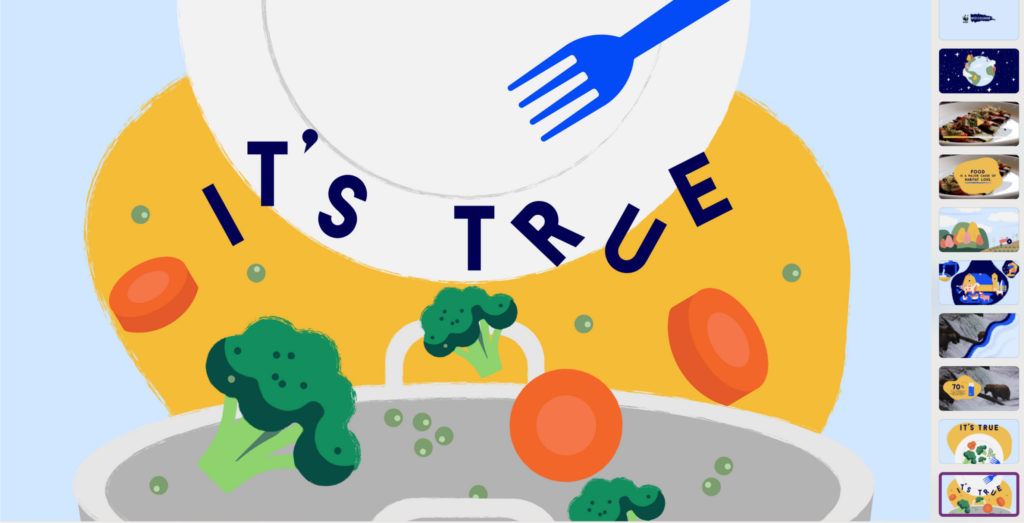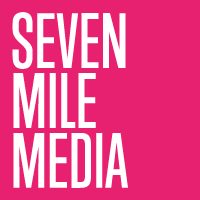World Wildlife Fund reached out about making the second installment of the Wild Classroom educational series. Our challenge was making something that middle and high school students could learn about, while being interesting and relevant to adults (aka parents and funders). To do this we created a mix of animation and live footage to bring the issue home and make it actionable. We followed the food process from the fields and farms all the way into cafeterias and homes. By the end, students have a basic understanding of a complex food supply chain and know how their daily actions make a big impact.
ILLUSTRATING A COMPLEX CONCEPT
To do this we created a mix of animation and live footage to bring the issue home and make it actionable. We followed the food process from the fields and farms all the way into cafeterias. By the end, students can understand a food supply chain, calculate personal waste, and organize a school action plan!


We mixed actual data from WWF’s School meals program with national data to provide real world context about how food waste works in their communities.
MIXING SMALL SOLUTIONS WITH BIG PICTURE STORY
We focused on creating a storyboard that mixed in local information about how to handle food waste at home with big picture data and storytelling


